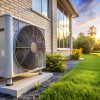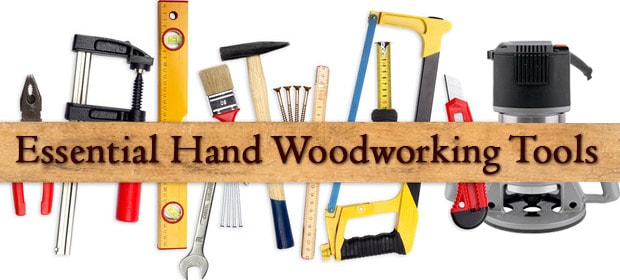There are many reasons why flooding occurs, and it also comes in different shape, form and amount. It might be due to severe weather conditions or a leak in the plumbing. What you need to think about following a flood is how to salvage anything that wasn’t damaged beyond repair, primarily your furniture.
As water damage can wreak severe havoc on your home, you are likely going to have to call in a restoration contractor like KIC Restoration to take care of your home’s infrastructure. But salvaging your furniture can be a less complicated process you can deal with on your own.
If flooding is a consequence of a storm or hurricane you would probably get a notification in advance to prepare and avoid as much destruction as possible. Get all the furniture to a safe space in your home like the upper floors or cover them to protect them from the water as much as possible. After the flood is finally over, the first thing you need to do is check is if it is safe to return. While you’re at it, make sure to wear proper clothing.
Another useful piece of advice is to bring a camera with you and take pictures of all the furniture because you will need to do a report for your insurance company.
When you’ve made sure that it is safe to enter and you’ve put on protective gear, you can start inspecting the furniture and roughly separate them into salvageable and unsalvageable.
Next, you can focus on the salvageable pieces of furniture and inspect if repairs would cost more than just replacing the items. Sentimental value also comes into play as you would want to save all the pieces that have been in your family for long, no matter the extent of the damage. But this is up to you.
Upholstered Furniture
Some types of furniture like upholstered furniture might be difficult to save especially if it has been in the water for too long. Chances are these items have already developed bacteria, fungi, mold, mildew, etc. This might have severe consequences to your health later on. You should move the furniture to someplace to dry. If it’s too heavy to move you can place aluminum foil or a similar material underneath it, just to keep it away from wet floors.
As mentioned above, upholstered furniture might cause problems because it is a great absorbent. It is particularly dangerous if it has been sitting for too long in contaminated water. If the flood wasn’t too big, you might still have a good chance of salvaging it. You should then remove the upholstery fabrics from the wood or any other colored parts to prevent color bleed. Then you need to dry it to the fullest to prevent mildew and mold from developing, which is likely to happen if the piece of furniture is more than 20% wet.
It is worth noting that this kind of furniture is very hard to salvage and the best and easiest thing to do is just to throw it all away unless of course it is antique or has a high value. Then it is best to hire a professional to do the job, as it would probably be necessary to completely strip it down and replace some parts.
Mattresses
Mattresses are also very difficult to handle. If the flooding wasn’t too severe, if the mattress hasn’t been soaked in water for too long, and if the water was clean it is possible to salvage it. The best thing to do is take it out and let the sun dry it naturally. You can use blocks to keep it above ground and a fan to speed up drying. If you sense a musty odor then mattress probably has mildew growing inside, in which case you’ll need the help of a professional to restore it.
If your mattress has been underwater for too long mold has likely already spread, and it is probably contaminated beyond salvation. The only thing you can do here is to replace it.
Wooden Furniture
Wooden furniture might have the best chance to get salvaged especially if it wasn’t in the water for too long. It is possible to restore if the damage was not too big. It is crucial to clean it and dry it as much as possible to prevent mold and fungi development. Wiping and blotting can do the trick here, but only for furniture that was not in the water too long or was lightly damaged.
You can clean white mildew spots by using turpentine or a mix of water and ammonia. The sooner you start drying the furniture, the higher the chance of salvaging it.
Heavily Damaged Furniture
Heavily damaged furniture which was in the water for too long is a different story. The best plan is to separate all easily removable parts like drawers and doors. Avoid forcing them if they are stuck. Just let them dry out and you will be able to pull them out later on when bloating is reduced.
You can clean mud and dirt with a hose and then dry it in a room or other area with good ventilation. You should definitely avoid exposing it directly to the sun as it might cause it to deform. The process of drying takes several weeks or months. Only after it is completely dry can you start restoring the furniture.
Contact KIC Restoration Inc of San Diego at 12170 Tech Center Dr, Poway, CA 92064, USA; 858-859-1998 or visit kicrestoration to learn more.
Read More:






















